So, a number of friends have told me about Iyeye, a particular orange fruit. Some have mistaken kumquats for it at first glance, similar as they are in colour, shape and size.
One day at work, I had kumquats on my desk and T, my colleague came by. She tried one and was surprised it wasn’t Iyeye…because it looked like it. Anyway, fast forward a year or two and she walks up to me one morning. ‘Remember that fruit I told you about, Iyeye? I have some for you.’ It turns out she’d seen another colleague with it and asked for some for me.
My heart ♥♥♥
I tried one – mysterious. Interesting. Sweet and sour and fragrant. I like, because I like to discover new things, especially if they’re Nigerian and if I’ve heard about them and longed to ‘meet’ them.
…The fruits are no longer popularly offered for sale by fruit sellers in Nigeria and most people would only hear about this fruit from a Yoruba song which describes the leaves as numerous. ‘Ewe iyeye igba ni o’. The trees bear small fruits which can be numerous. The fruits have a sweet and sour taste; Yvonne Bose’s Blog
Facts
Name: Iyeye, Hog plum, Yellow Mombin, Monkey plum, Java Plum
Local names: Ebo in Ekiti (Western Nigeria), Ngulungu in Igbo (Eastern Nigeria), Isada in Hausa (Northern Nigeria)
Family: Anacardiaceae (same family as Cashews, Mangoes and Pistachios)
Genus/Latin name: Spondias mombin
Season: Rainy season, July/ August
Provenance: Native throughout Central America and the Caribbean, from southern Mexico to Brazil, the hog plum has naturalized in some parts of Africa and India though is rarely cultivated.
Uses: eaten out-of-hand or cooked: stewed with sugar. to make jams and jellies in Panama, Peru and Mexico, juiced for use in ice cream and cold drinks in Costa Rica and Brazil. In The Amazon, it is produce wine sold as “Vinho de Taperiba”. In Guatemala, the fruit is made into a cider-like drink. Mexicans pickle the green fruits into vinegar and eat them like olives with salt and chili; Source: African Journal of Biomedical Research 2008 (Vol. 11)
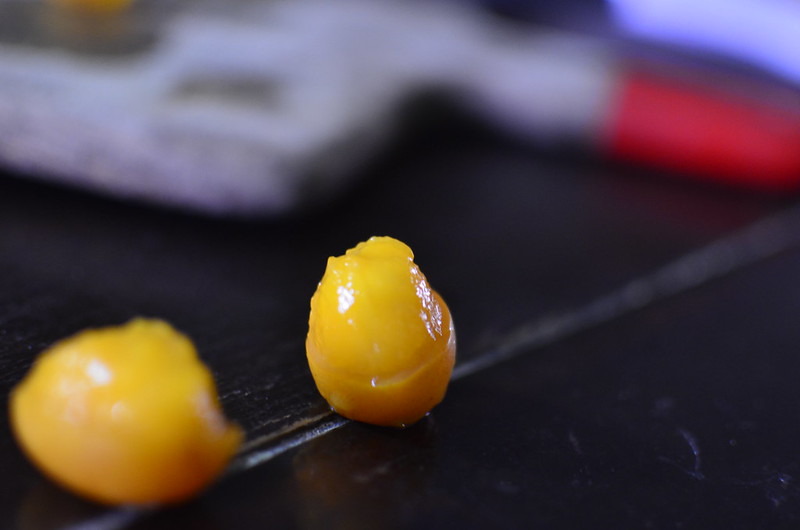
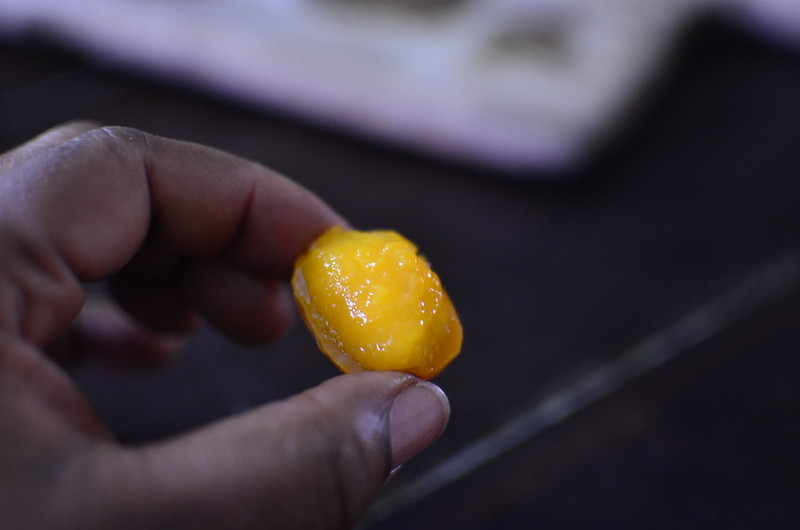
Size: The fruit is a small yellow ovoid drupe (3 to 5 cm long) with leathery yellow skin . The thick skin peels back to reveal juicy translucent acidic pulp around a thick, matted cork-like seed. The seed reminds me of the ebelebo/ sea almond seed.
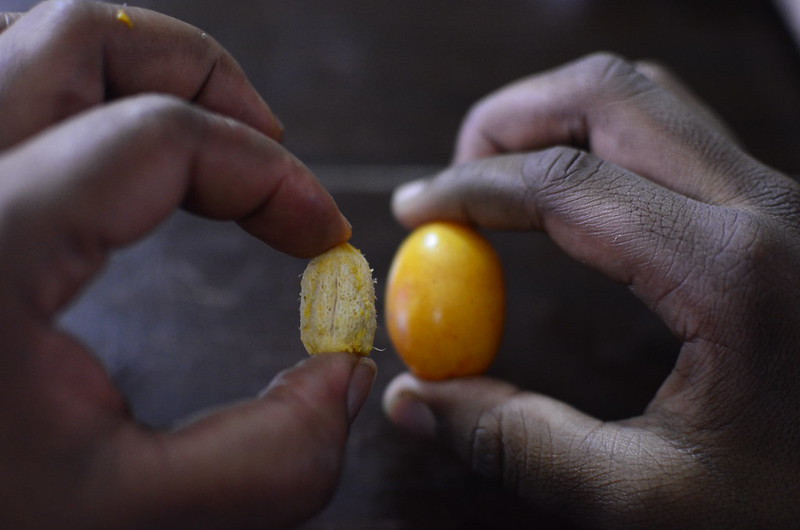
Taste profile: of varying flavours – sweet and sour
To eat: You wash and eat the thin skin and suck on the seed.
So there, discovering more unusual Nigerian fruits and veg.
Are you familiar with Iyeye? What do you do with it? Any stories to share?

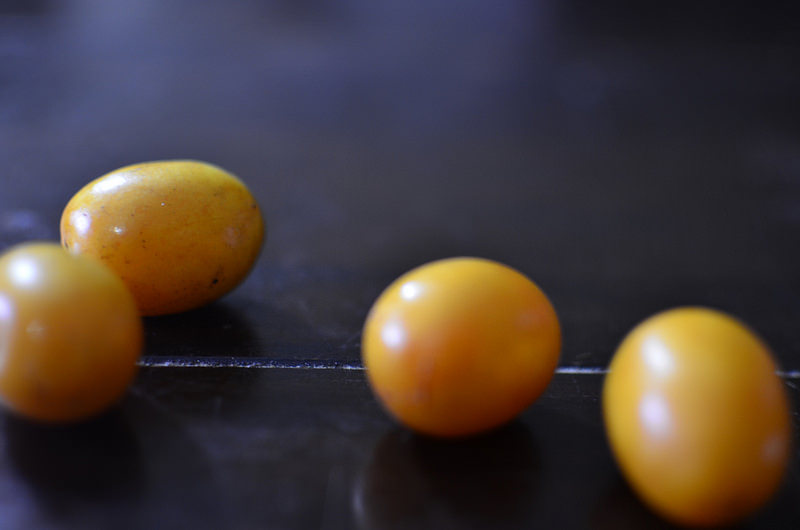

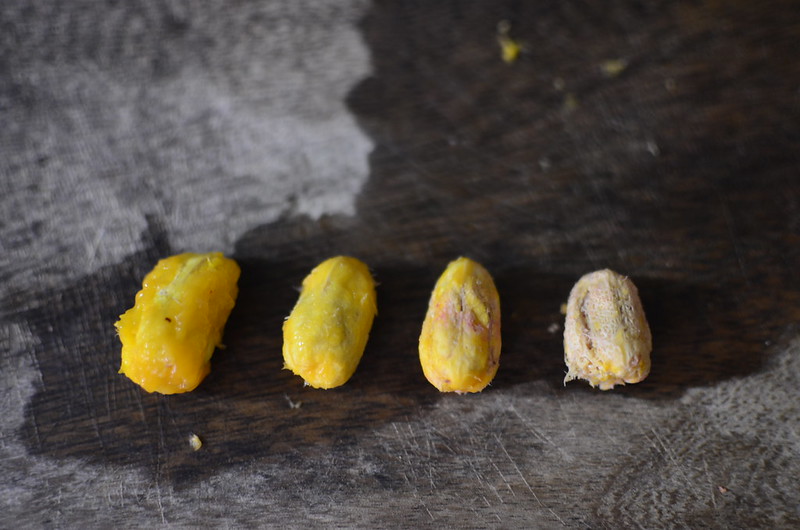
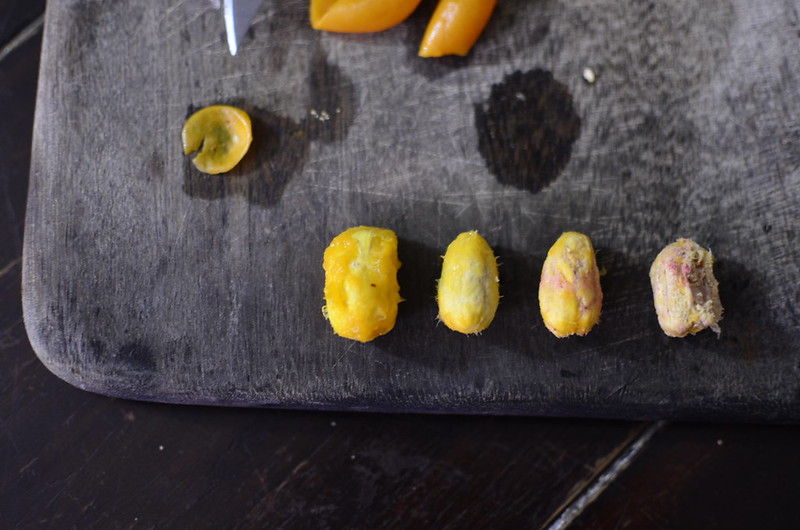
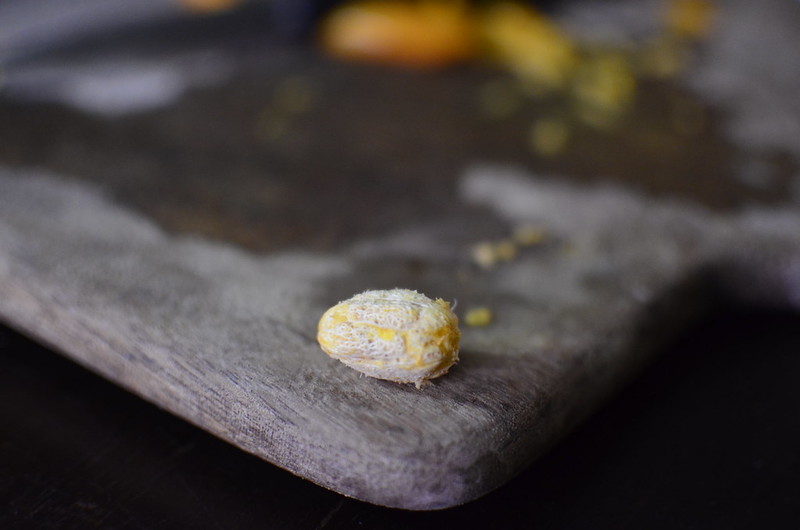
Leave a Reply